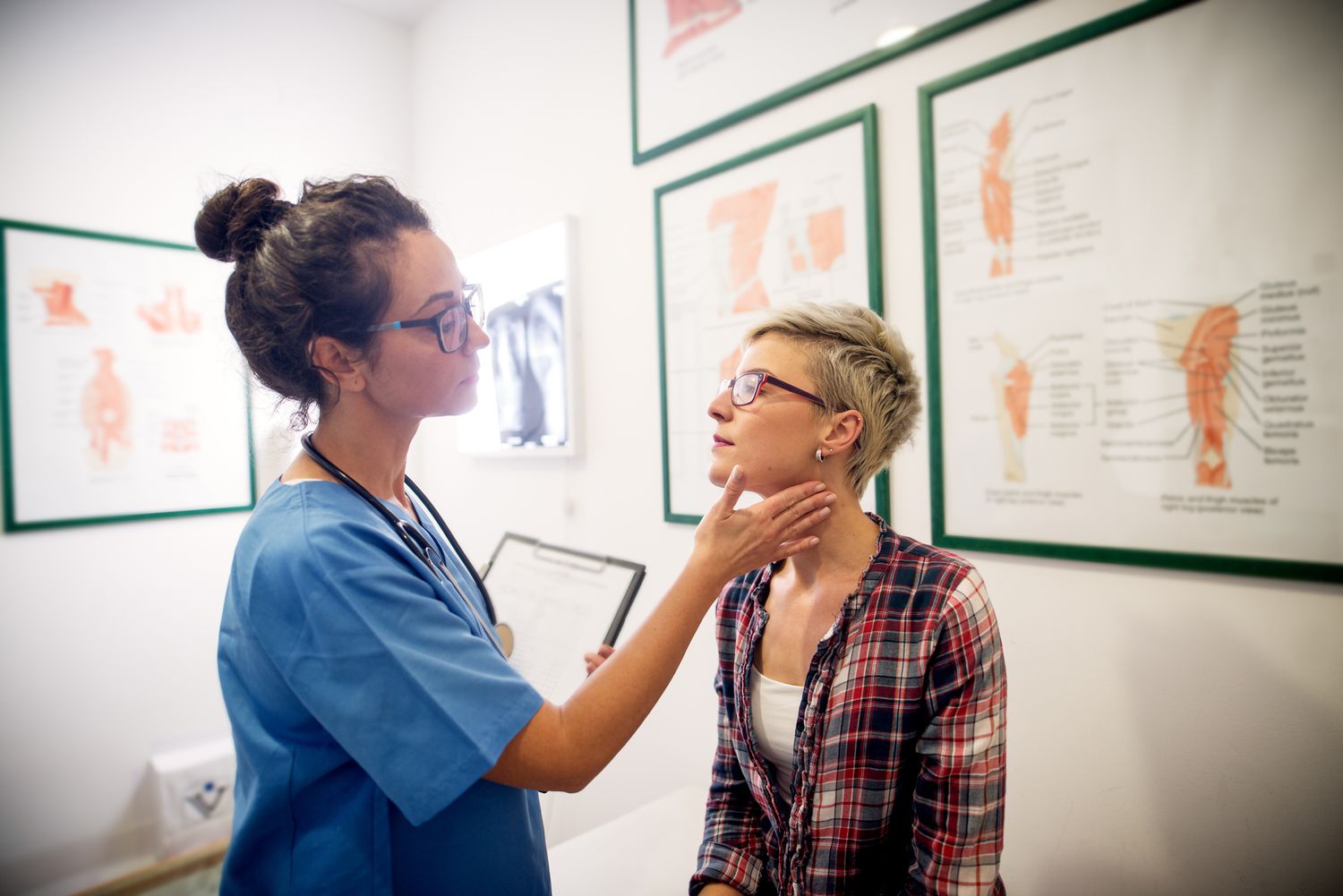Younger Adults at a Higher Risk of 17 Cancers …C0NTINUE READING HERE >>>
A study published this week from researchers at the American Cancer Society in The Lancet Public Health adds to growing evidence that young adults are more likely to develop several types of cancer than older generations.
We’ve covered this phenomenon before. Research published last year in JAMA Network Open showed that people in their 30s, and young women in particular, saw disproportionately high rates of cancer between 2010 and 2019. Breast, thyroid, and colon or rectal cancers were diagnosed the most in people under 50. Cancers of the appendix and the intrahepatic bile duct grew the fastest among this group.
How do the latest findings add to the conversation about rising cancer rates in young adults?
Different from other studies of early-onset cancer rates, this new paper tracked both case rates and mortality rates. It also encompasses more cancer types than many of the major studies published recently.
Here’s what you need to know.
At Least 17 Cancers Are Increasing in Younger Generations
17 of the 34 cancers included in the study became more common in younger adults compared to older generations:
Colorectal cancerEndometrial cancerGallbladder and other biliary cancersKidney cancerPancreatic cancerMyelomaNon-cardia gastric cancerGastric cardia cancerLeukemiaTesticular cancerSmall intestine cancersEstrogen receptor-positive breast cancerOvarian cancerLiver cancer (females) Non-HPV-associated oral and pharyngeal cancersAnal cancer (males)Kaposi sarcoma (males)
Many of these cancers are considered rare, meaning there are fewer than 200,000 cases per year.
8 Cancers Have Been Increasing By Age Group Since 1920
To understand how cancer diagnoses and death rates have changed over the years, researchers divided patients into “birth cohorts,” which were separated by five-year intervals from 1920 to 1990.
In addition to the cancers identified in previous research, the authors found that each cohort had a higher risk of developing eight cancer types than the groups before them:
Small intestine cancersKidney cancerPancreatic cancerMyelomaLeukemiaGastric cardia cancerLiver cancers (females) Non-HPV-related oral cavity and pharyngeal cancers (female)
Rates for the other nine cancer types declined for the first few decades of the study, but have picked up in younger generations.
The risk of developing cancer is two to three times greater for millennials compared to baby boomers for small intestine cancer, kidney cancer, pancreatic cancer, and liver and intrahepatic bile duct cancer in females.
An Increase in Diagnoses Doesn’t Mean an Increase in Death Rates
While cancer rates have climbed over time, death rates don’t always follow suit. However, mortality risk increased alongside incidence rates for liver cancer in females, endometrial cancer, gallbladder cancer, testicular cancer, and colorectal cancer.
Why This Matters
It’s important to understand cancer trends in young people because they can provide insight about exposure to carcinogenic factors in early life and young adulthood, the authors write. Elevated cancer risk in young people “foreshadow future disease burden as these young cohorts carry their increased risk into older age, when cancers most frequently occur.”
There are lots of reasons why cancer rates may be rising in young adults, and they likely differ by cancer type:
10 of the 17 cancers that are more prevalent in young adults are obesity-related. Obesity and the other chronic health conditions that often accompany obesity, like diabetes and heart disease, have been shown to exacerbate cancer growth.Certain lifestyle factors may play a role, too. Scientists suspect that young adults today are more likely to eat more ultra-processed foods, live a more sedentary lifestyle, and be exposed to more environmental chemicals than people who were young adults decades ago. Changes in hormonal contraceptive use could affect reproductive cancer rates in females, and trends in smoking and alcohol consumption may play a role in liver and oral cancers.
Methodology
The researchers analyzed health records data for more than 23 million patients ages 25 to 84 years old who were diagnosed with cancer between 2000 and 2019. They analyzed incidence rates for 34 cancer types and death rates for 25 cancer types.
Verywell Health uses only high-quality sources, including peer-reviewed studies, to support the facts within our articles. Read our editorial process to learn more about how we fact-check and keep our content accurate, reliable, and trustworthy.
Sung H, Jiang C, Bandi P, et al. Differences in cancer rates among adults born between 1920 and 1990 in the USA: an analysis of population-based cancer registry data. Lancet Public Health. 2024;9(8):e583-e593. doi:10.1016/S2468-2667(24)00156-7
Koh B, Tan DJH, Ng CH, et al. Patterns in cancer incidence among people younger than 50 years in the US, 2010 to 2019. JAMA Netw Open. 2023;6(8):e2328171. doi:10.1001/jamanetworkopen.2023.28171
National Cancer Institute. Cancer stat facts: common cancer sites.
Sung H, Siegel R, Rosenberg PS, et al. Emerging cancer trends among young adults in the USA: analysis of a population-based cancer registry. Lancet Public Health. 2019;4(3):e137-e147. doi:10.1016/S2468-2667(18)30267-6
Bell CF, Lei X, Haas A, et al. Risk of cancer after diagnosis of cardiovascular disease. JACC CardioOncol. 2023;5(4):431-440. doi:10.1016/j.jaccao.2023.01.010
Thanks for your feedback!
What is your feedback?
Other
Helpful
Report an Error
>
